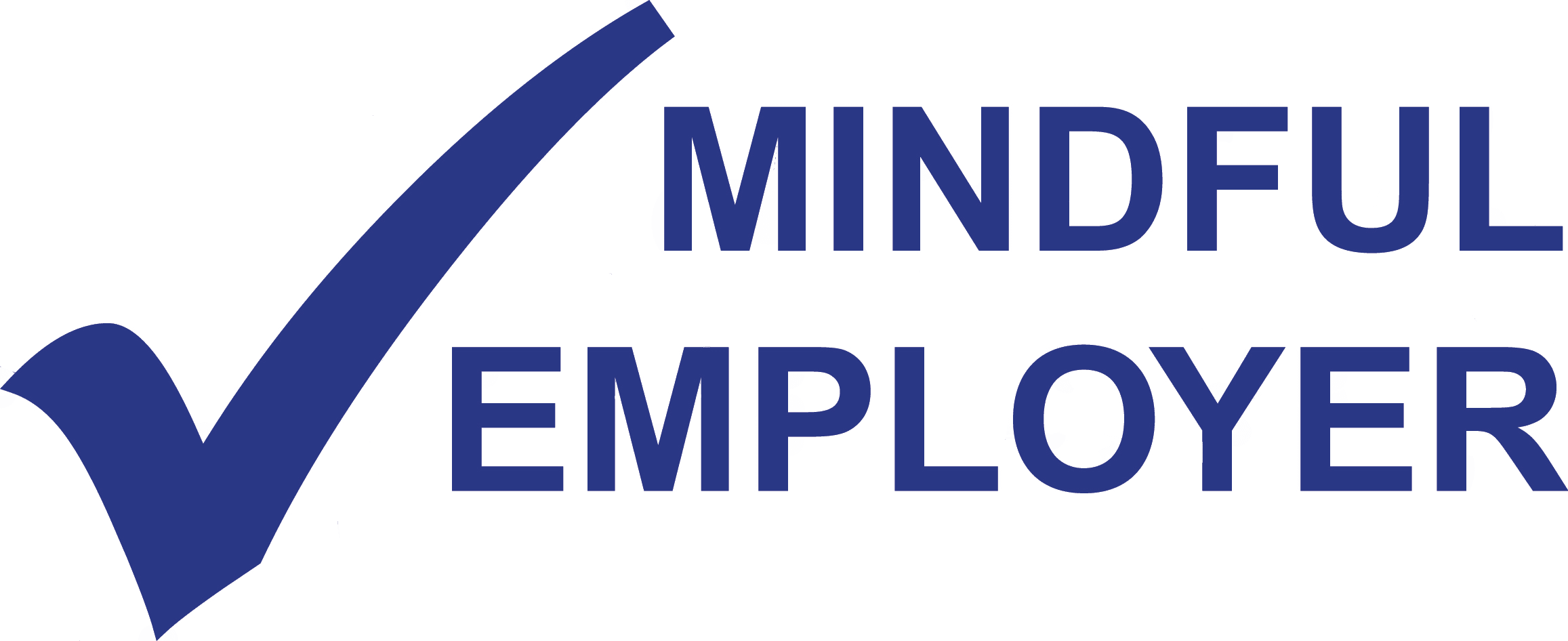Health Surveillance
Frequently Asked Questions
What is the aim of health surveillance?
The aim of health surveillance is to spot early signs of work-related ill health and to prevent symptoms from getting worse or stopping them all together. Health surveillance checks to ensure the control measures you have in place area working to prevent any harm to workers health.
What is an example of health surveillance?
If you use a noisy piece of equipment or machinery at work the employer as part of their risk assessment must try to eliminate the risk entirely, if they are not able to do that, they will need to put control measures in place such as wearing hearing protection. To ensure the control measure (i.e., hearing protection) is doing its job to protect hearing audiometry (Hearing tests) need to be performed to ensure there is no damage to workers hearing.
What power does occupational health have?
Occupational health has the power to help both employees and employers to ensure they work in a safe and productive area.
Both sides can advise how to create positive workplaces that encourage growth and well-being for all working there.
They provide impartial, medical evidence-based advice and it is up to the business or manager to decide what the business can sustain. OH is advisory only.
Health Surveillance gives occupational health the power to ensure the standards are met for a safe working environment with good control measures and good health.
Is health surveillance a legal requirement?
Health surveillance is a legal requirement where the risk has been eliminated as much as possible, but risk remains, and control measures are put in place. Those control measures need to be tested to ensure they are working.
Who can perform health surveillance?
Health surveillance must be carried out by a ‘competent person’, someone who has been fully trained in gathering the data from employees. The results must be interpreted by someone qualified in Occupational Health such as a nurse of doctor.
What should I do with the results of health surveillance?
After health surveillance has taken place, you will receive the results as a ‘record of health surveillance’. You need to keep these records as evidence to the HSE that you have carried out the surveillance. You must have them easily accessible should you need them.
You need to act on the results and review your risk assessments.
Can an employee refuse health surveillance?
Preparing employees for health surveillance will hopefully alleviate some of their anxieties surrounding health surveillance. Talk to them, explain what it is and what will happen. It is totally confidential; employers will get the results but will not be told medical details.
Occupational health will be able to provide further information for employees to help them understand what health surveillance is.
Health surveillance programmes are part of your health and safety procedures in the workplace. Unfortunately, if they refuse to attend or engage then they would be in breach of your health and safety procedures.
What's the difference between surveillance and screening?
Health surveillance is a legal requirement and is required as part of an organisation’s health and safety processes. It is not optional.
Health screening can mean a number of things, organisations may choose to do a preplacement health screening, which is a health form employees complete when they have been offered a job, to ensure any workplace adjustments are put in place when they start work.
Screening could be well-being checks such as blood pressure and lifestyle screening. These are optional and entirely up to the employer if they wish to offer them.
Safety Critical medicals are best-practice screening medicals to work in safety critical roles and environments they are not a legal requirement, but many companies and sites require them as part of their own health and safety policies.
![]()
Occupational Health
Services
![]()
![]()
Wellbeing
![]()
![]()
Health Surveillance
![]()
![]()
Training Courses
![]()




